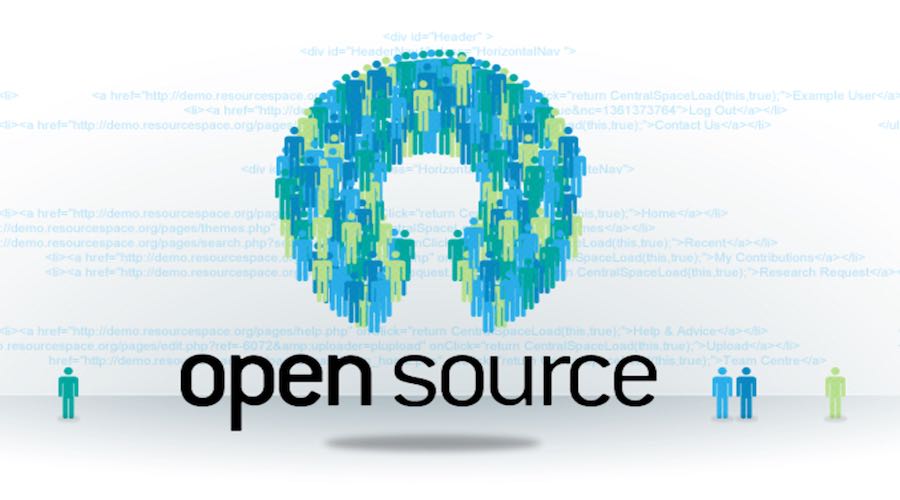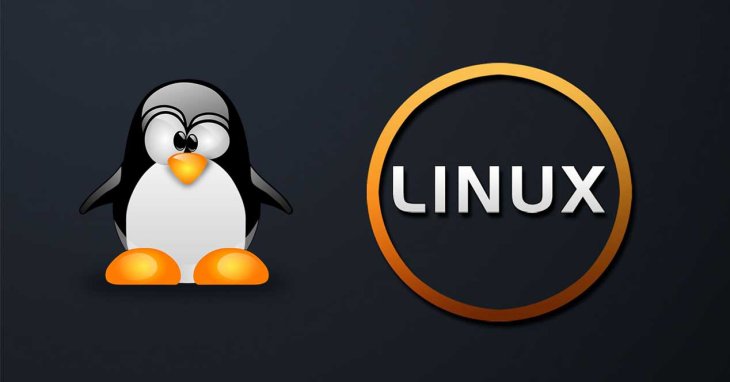For Open Source Software, The Road Ahead Is Still Long
Aadhya Khatri - Feb 04, 2019

One of the most obvious benefits of the open source business model is that it allows customers to acquire each unit at a cheaper price.
- The Ultimate Tech Betrayal: OpenAI's Nuclear Revenge Plot Against Sugar Daddy Microsoft
- Microsoft Notepad Gets Major Update: Bold Text, Hyperlinks, and Markdown Support
- Microsoft Surface: A Shift from Innovation to Stability?
Only 5 years ago, open source was something of doubt regarding the use of it in business. The most common argument was that Red Hat was purely luck and no other company would gain the same success.
Nowadays, the situation seems to prove the opposite. IBM acquired Red Hat at a price that triples its 2014 market capitalization; MongoDB’s value is now $4 billion; MuleSoft was acquired at $6.5 billion after going IPO; after going public, Elastic’s value is around $6 billion; when Hortonworks and Cloudera merge, the new firm is projected to be worth about $4 billion.
With the attention that Wall Street and investors are giving open-source firms, there must be something changing here.
Open Source, Open Core, And SaaS

The initial idea of open source software was not exactly for business purposes. It was born as a solution against the way companies like SAP, Microsoft, and Oracle at that time took advantage of closed-source software to gain a hefty profit. In addition, what they offered back then was not even the best on the market.
Everything started with the database and operating system, liberal developers worked together to make better software. The best part is everyone gets to not only see the work of the developers but also enhance it. All of the collaboration is under a quite open administration.
The first products were far from something regular users can comprehend or use but they had proven the enormous advantages of this method, including flexibility, robustness, and efficiency.
![]()
After a decade, open-source software has gained popularity and become the springboard for the success of companies like Linux and MySQL. While the former gets just behind Window in the operating system for the server field, the latter makes a place for itself where Oracle used to rule.
Since then, open-source software has become so big of a market that no investors can overlook. The first attempt to monetize the method led to the formation of Red Hat, which is also the champion in the competition for the database.
However, this capitalization effort is not without challenges. The most obvious obstacle is how companies can make a profit if they only provide support services. Despite this issue, new firms are set up, mostly because the market is so big.
After the pioneer has had quite a lot of success, more companies were born to follow suit, the most prominent candidates in this new generation are Hortonworks and Cloudera.
These companies do not mirror everything their predecessors did. Firstly, they only make part of the system free, the rest will be entitled to a commercial license. The other aspect is the software is developed by an in-house team instead of a community with outsiders.
![]()
With a market of this size, competition is unavoidable. Sometimes, what companies use to make a name for themselves may go against the initial purpose of open-source software. A prime example is the way many firms are building SaaS services on the open-source software platform. Another drawback is more and more companies will see offering more free stuff as a good way to increase their competitive edge.
As we speak, the third generation has been launched already. They fix the issues their predecessors faced, paving the way for open-source software to become the chief model of the future. What they do is, first, turning the products into SaaS and second, the developers are all companies’ employees.
Community Roles
Although software companies now take most of the developing responsibility, the community still plays a vital part in the process. If software wants to go viral, it must have a network effect on its side. The community also points out the features that need improvements and creates pressure on the companies to enhance their products.
It acts as the most effective QA department that companies can rely on for valuable feedback and bug identification. The reviews from the community can also be the springboard for the software on the market.
The role of the community is not as essential as it used to be but this is another inevitable reality as open-source software advances into the business world.
Developers Are Proving Their Role
With open-source software, the role of developers is becoming more important than ever.
They appear in every stage of development of typical software. With this kind of crowdfunding in ideas and skills, open-source software will probably a quite complete product when it reaches the production stage. The software also receives more appreciation as its users can see and use it in the way they see fit rather than submit to other people's ideas.
In short, open-source keeps the selection process in its most fundamental purpose.
Advantages Of The Open Source Business Model

One of the most obvious benefits of the open-source business model is that it allows customers to acquire each unit at a cheaper price, and when something gets cheaper, more people go for it. This is why open-source firms can compete with traditional companies.
The second advantage is that this model helps businesses cut a few marketing and sale processes short. These companies can use very effective sale leverage which goes something like you have already experienced a large portion of our product, would you like to get an upgrade and unlock the rest?
This method proves to be so effective that some companies see a rapid growth rate while keeping their cash-burning rate at a reasonable level.
The Advancement To Freemium
The open-source software is approaching the freemium model and the reason here is the argument that customers will pay whether the software is open or closed. However, they are more willing to do so if they can actually see the code.
This trend is fuelled by the new software licenses that are friendlier to business. Mongo, Cockroach, and Elastic are adopting these licenses as a way to advance their business.
The Future
At this point, no one can deny that the open-source business model in the future.
When big investors decide to move their money from traditional firms to open-source companies, they must have a good reason to do so.
That bright future might not be tomorrow or the day after it. There is room for improvement and things that need to be done.
Featured Stories

Features - Jul 01, 2025
What Are The Fastest Passenger Vehicles Ever Created?

Features - Jun 25, 2025
Japan Hydrogen Breakthrough: Scientists Crack the Clean Energy Code with...

ICT News - Jun 25, 2025
AI Intimidation Tactics: CEOs Turn Flawed Technology Into Employee Fear Machine

Review - Jun 25, 2025
Windows 11 Problems: Is Microsoft's "Best" OS Actually Getting Worse?

Features - Jun 22, 2025
Telegram Founder Pavel Durov Plans to Split $14 Billion Fortune Among 106 Children

ICT News - Jun 22, 2025
Neuralink Telepathy Chip Enables Quadriplegic Rob Greiner to Control Games with...

Features - Jun 21, 2025
This Over $100 Bottle Has Nothing But Fresh Air Inside

Features - Jun 18, 2025
Best Mobile VPN Apps for Gaming 2025: Complete Guide

Features - Jun 18, 2025
A Math Formula Tells Us How Long Everything Will Live

Features - Jun 16, 2025
Comments
Sort by Newest | Popular